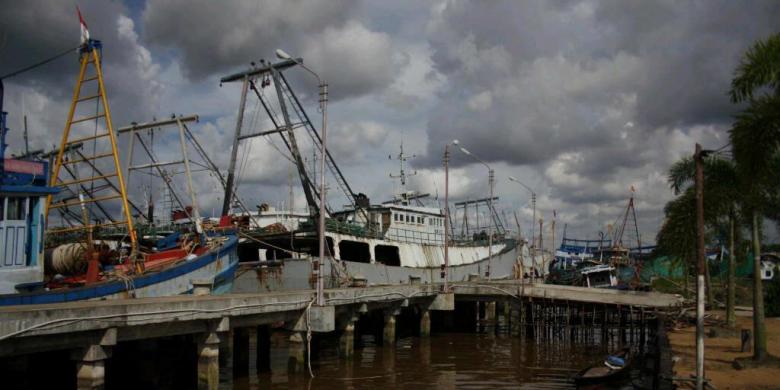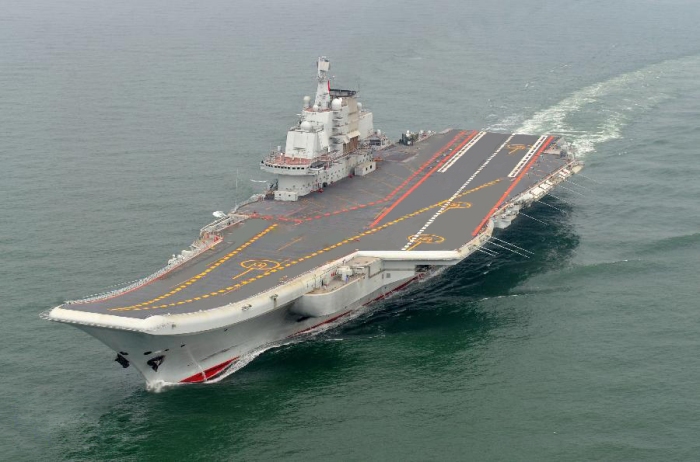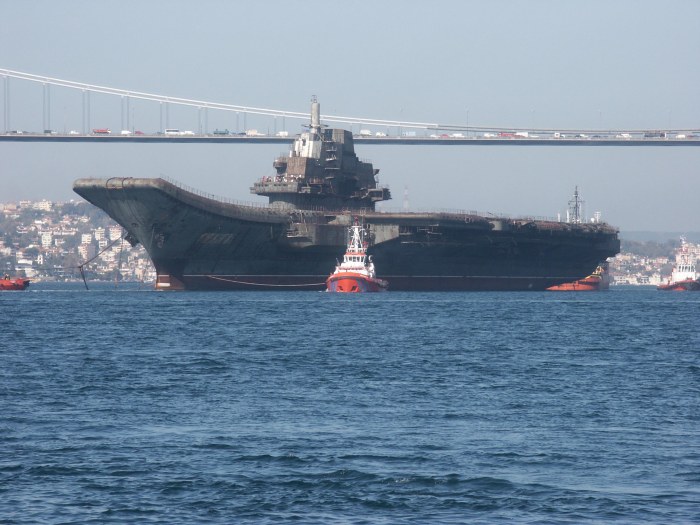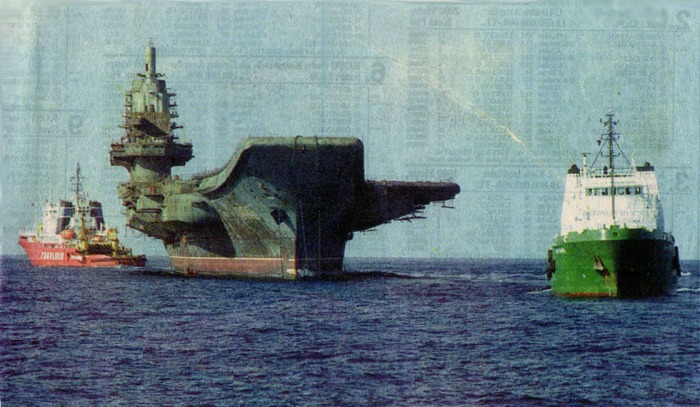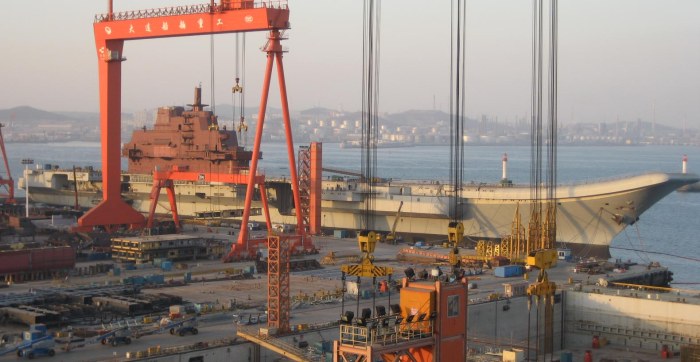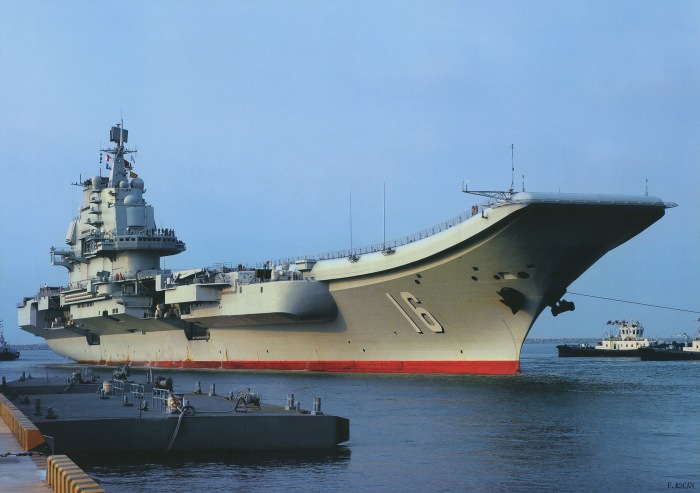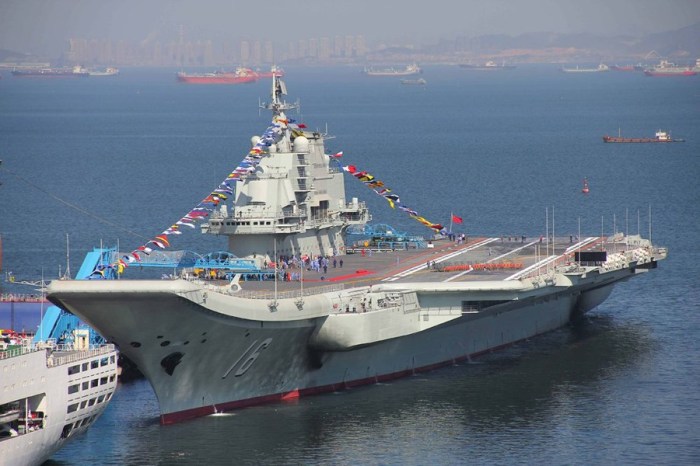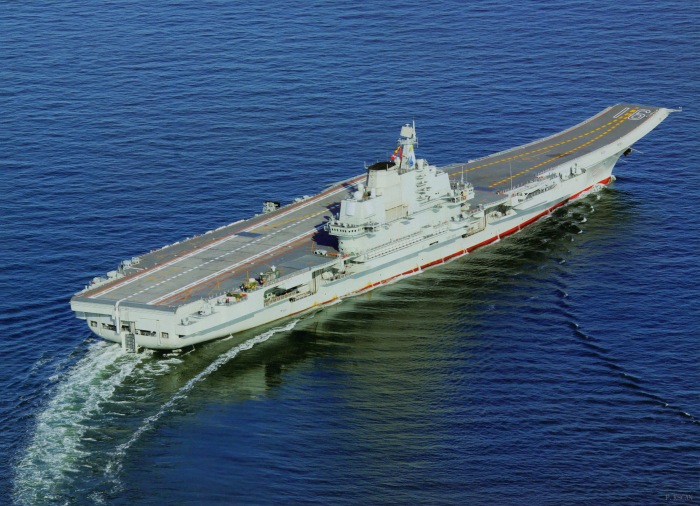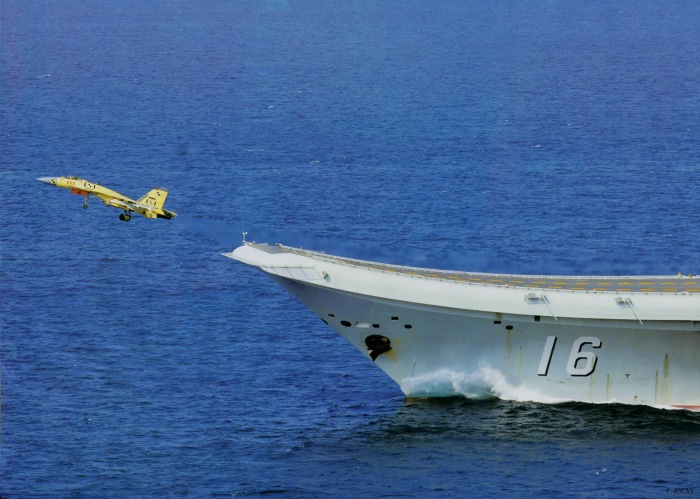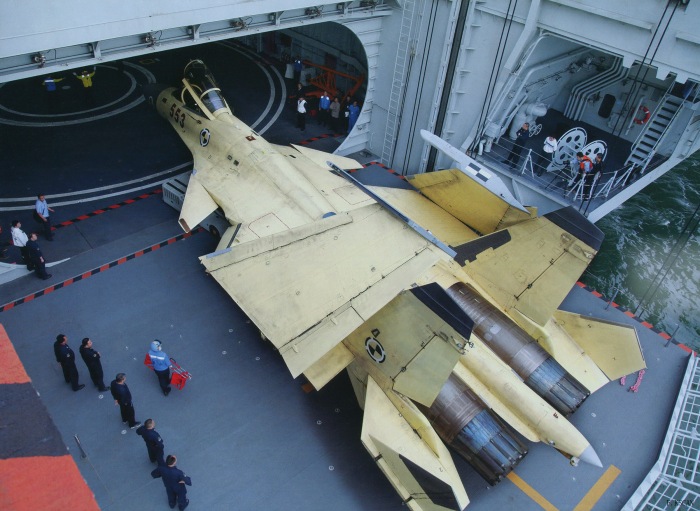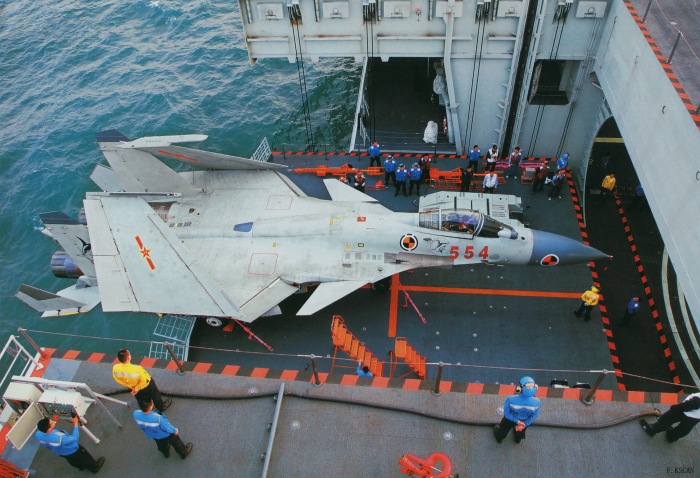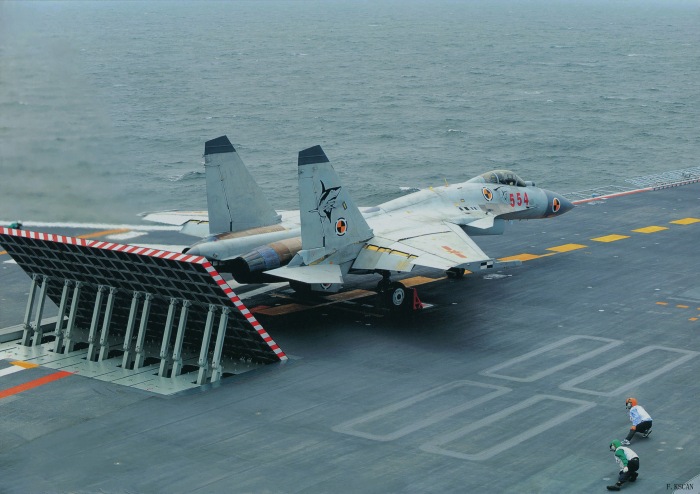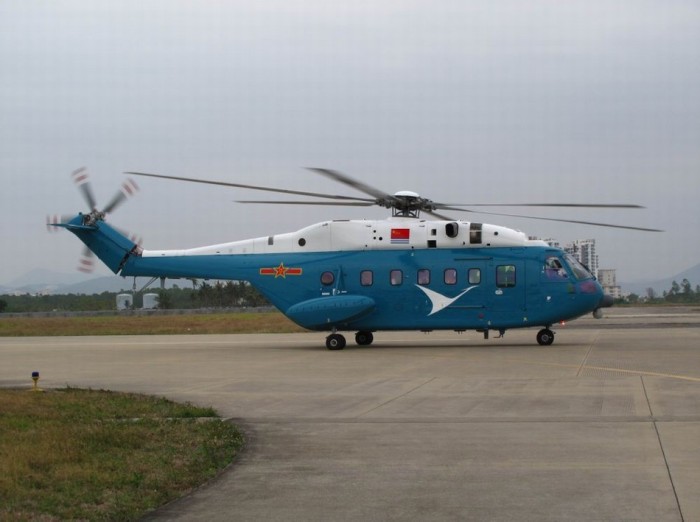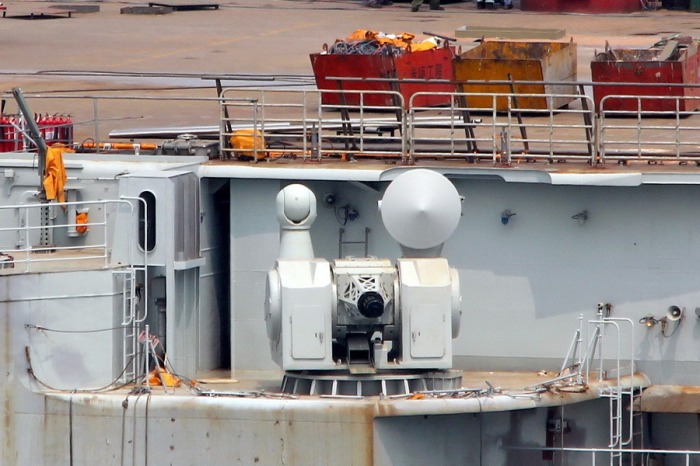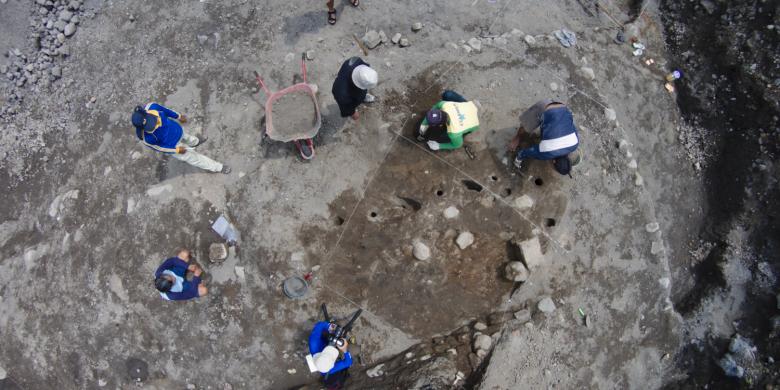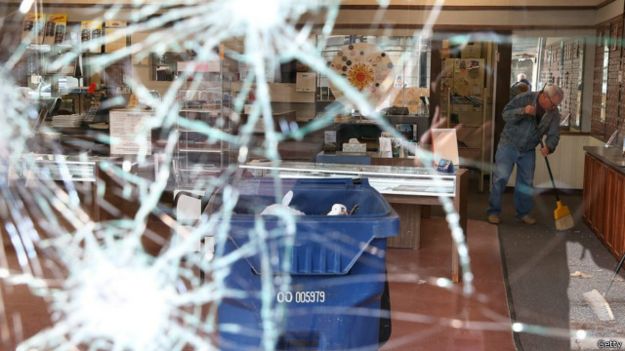Sedih, Pesawat Kebanggaan Itu Kini Mangkrak
PILOT PILIHAN: Capt Sumarwoto menunjukkan foto dirinya saat menerbangkan perdana pesawat N250.
Foto: Dian Wahyudi/Jawa Pos
Pesawat N250 bikinan Industri Pesawat
Terbang Nusantara (IPTN) punya arti tersendiri bagi Sumarwoto. Sebab,
dialah test pilot yang menerbangkan perdana pesawat karya anak bangsa
tersebut. Sayangnya, pesawat itu kini tinggal kenangan karena Indonesia
tidak mampu memproduksinya.
KETEGANGAN mulai terasa ketika mesin
Allison N250 dan baling-baling di kedua sayap pesawat menderu kencang.
Bukan hanya tim penerbangan perdana di sekitar landasan pacu Lanud
Husein Sastranegara, Bandung, yang waswas. Tapi, Presiden Soeharto
bersama Ibu Tien serta para undangan juga ikut gelisah.
Kekhawatiran N250 gagal terbang memuncak
ketika dua pesawat perintis, CN235 dan Sokogaleb, lepas landas lebih
dulu. Seiring dengan itu, roda N250 mulai bergerak pelan menuju runway. Sejumlah mobil pemadam kebakaran berjaga di sekitar landasan pacu.
Semua mata tertuju pada pesawat tercanggih
di kelasnya saat itu yang mulai menyusuri landasan tersebut. Dirut IPTN
B.J. Habibie, yang sejak awal kedatangan presiden ke-2 RI di lokasi
aktif memberikan sejumlah penjelasan mengenai N250 dan first flight
yang akan dilaksanakan, juga tampak terdiam dan fokus. Orang paling
berpengaruh dalam pembuatan N250 itu berdiri tepat di samping kanan
Soeharto.
Setelah sampai di ujung landasan dan berputar 180 derajat, pesawat mengambil posisi take-off.
Roda pesawat kemudian mulai bergerak. Semakin lama semakin kencang.
Akhirnya, pesawat dengan berat kosong 13.660 kg itu benar-benar terbang.
Sontak, tepuk tangan dan sorak gembira menyertai penerbangan perdana
pesawat kebanggaan tersebut.
Wajah para anggota tim terlihat begitu
lega. Sementara itu, di tower pemantau, Soeharto menyalami B.J. Habibie
dan memeluknya. Begitu pula Ibu Tien dan Ainun Habibie.
’’Kami yang di dalam kokpit (pesawat)
biasa saja waktu itu, seperti terbang biasa. Meski itu penerbangan
perdana N250, kami sangat percaya diri pesawat akan terbang dengan
baik,’’ kata Capt Sumarwoto saat ditemui di tempat tinggalnya, kawasan
Cibubur, Jakarta Timur, dua pekan lalu (17/11).
Kepercayaan diri itu bukan tanpa alasan. Sebab, Sumarwoto bersama temannya, Capt Erwin Danuwinata (alm) yang bertindak sebagai test pilot, terlibat dalam proyek prestisius itu sejak awal 1990-an. Yakni, sejak ’’nyawa’’ N250 kali pertama disimulasikan di-in-flight simulator
di Calspan, perusahaan swasta di Amerika Serikat yang memiliki
fasilitas simulasi kelayakan rancangan sebuah pesawat lewat rekayasa
komputer.
Dalam tahap itu, peran test pilot
menjadi sangat sentral. Dari data di Calspan, sejumlah kelemahan
rancangan awal sebuah pesawat bisa diketahui untuk kemudian diperbaiki.
Tidak hanya sekali ’’nyawa’’ N250 harus masuk ke Calspan sebelum
akhirnya dinyatakan layak diproduksi.
’’Waktu itu, saya jadi tahu bahwa engineer kita itu luar biasa, pinter-pinter. Pesawat N250 itu bagus lho,’’ tegas pria kelahiran Jogjakarta, 12 Desember 1950, itu.
Tidak cukup di situ, Sumarwoto dan Erwin
juga sempat dikirim ke AS untuk menguji dua pesawat yang mirip dengan
rancangan N250. Yaitu, pesawat ATR72 buatan Prancis yang memiliki
kemiripan bentuk dan pesawat SAAB2000 buatan Swedia yang memiliki
kemiripan pemakaian mesin.
Khusus untuk ATR, dua pilot Indonesia itu sempat menguji kemampuan stall
pesawat yang kini menjamur di hampir seluruh dunia tersebut. Produsen
sebenarnya sangat membatasi tes yang tergolong membahayakan itu. Sebab,
ketika daya dorongnya sengaja dilebihkan, pada titik tertentu, hidung
pesawat bisa berada di atas dan kehilangan kecepatan. Jika seorang pilot
tidak segera bisa menguasai kembali, pesawat bisa jatuh dengan pola
spiral atau yang dikenal dengan istilah deep stall.
Namun, karena kebutuhan untuk mendapatkan
data performa pesawat secara lebih lengkap, Sumarwoto tetap melaksanakan
tes itu. ’’Kami tetap stall dan ternyata tidak deep stall. Pilot Indonesia memang gendeng-gendeng,’’ ujarnya mengenang masa-masa indah itu lalu tersenyum.
Tahap membangun kepercayaan terhadap
performa pesawat sebelum N250 benar-benar terbang terus dilakukan.
Misalnya, pengujian kestabilan pesawat lewat sejumlah rangkaian tes high speed taxi run. Pesawat dipacu dengan kecepatan tinggi di landasan seperti balapan, kemudian di-refresh.
Tes terakhir dilakukan pada dua hari
sebelum terbang pertama. Saat itu, kemampuan terbang awal N250 dicoba,
mirip dengan penerbangan perdana yang sesungguhnya. Setelah pesawat
melaju di landasan, switch take-off,lalu diangkat sedikit. Bedanya, pesawat harus segera di-landing-kan lagi ketika sudah terangkat sedikit. Begitu terus dilakukan berulang-ulang mirip anak burung yang baru belajar terbang.
’’Semua harus belajar dari hal-hal kecil, tidak boleh langsung mabur. Tapi, yakinlah, N250 itu pesawat hebat. Sayang, sekarang malah mangkrak,’’ kata Sumarwoto menyesalkan.
Dia menceritakan pengalamannya membawa N250 dalam sejumlah air show di luar negeri. Salah satunya, demo penerbangan di Paris, Prancis. Setelah take-off, pesawat penumpang berkapasitas 50 orang yang diterbangkannya itu langsung bermanuver. Mulai wing over dengan jarak pendek, dilanjutkan dengan over head.
’’Pokoknya, saya tekuk-tekuk itu N250
membentuk seperti Jembatan Semanggi dan ternyata pesawat itu bisa. Semua
tepuk tangan kagum dengan performance pesawat itu,’’ bebernya.
Sayangnya, krisis moneter pada 1997–1998
membuat proyek N250 dihentikan. Padahal, saat itu, pesawat yang
seluruhnya merupakan karya anak-anak bangsa tersebut mulai dipesan.
’’Kami sangat sedih, prihatin. Tapi, mau bagaimana lagi?’’ katanya.
Yang jelas, kepercayaan yang diperoleh
Sumarwoto untuk menerbangkan perdana N250 itu tidak didapat dengan
mudah. Berbeda dengan Erwin, Sumarwoto memulai karir terbang dari jalur
TNI-AU. Mengikuti jejak orang tuanya yang juga prajurit TNI-AU, bapak
tiga anak itu memulai karir militer dari tingkat prajurit tamtama.
Namun, karena berprestasi, dia dikirim
untuk mengikuti seleksi masuk pendidikan Akabri (kini Akmil) dan lulus.
Setelah menyelesaikan pendidikan di Magelang, Sumarwoto terpilih dalam
seleksi untuk menjadi calon penerbang. Dalam pendidikan tersebut,
catatan sebagai yang terbaik kembali diraih. Dari 25 orang angkatannya,
dia mendapat trofi sebagai lulusan terbaik.
Dari situ, Sumarwoto kemudian mengikuti penjurusan untuk spesialisasi. Dia pun terpilih masuk sebagai penerbang fighter
(pesawat tempur). Sebuah spesialisasi yang membutuhkan kemampuan
khusus, terutama terkait dengan reaksi cepat tanggap menghadapi berbagai
keadaan.
Setelah melewati proses, pada 1991, Sumarwoto yang sudah berstatus komandan flight
mendapat tawaran untuk bertugas di IPTN. Lewat Mabes TNI-AU, perusahaan
BUMN yang bergerak di dunia penerbangan itu meminta bantuan agar
dikirim pilot TNI untuk memegang pesawat kawal uji (chasser). ’’Waktu itu, mabes mencari orang fighter yang paling pas. Ya sudah, saya akhirnya masuk,’’ ungkapnya.
Saat itu Sumarwoto belum menjadi seorang test pilot.
Untuk menjadi pilot uji, seseorang perlu tahapan khusus. Sebab, bukan
hanya kemampuan terbang prima yang dibutuhkan, tapi kemampuan analisis
terhadap problem-problem pesawat juga harus dimiliki.
Dia baru resmi menjadi test pilot
setelah lulus dalam pendidikan selama delapan bulan di National Test
Pilot School (NTPS), California. Sampai kemudian, dia dipercaya sebagai test pilot untuk N-250 ketika first flight.
”Saat itu, terus terang, rasanya bangga sekali, ibaratnya nggak makan sehari nggak apa-apa asal bisa menerbangkan pesawat kebanggaan Indonesia tersebut,” kata Sumarwoto.
Dia merasa bersyukur atas apa yang
didapatnya selama ini. Apalagi jika mengingat nasib tragis yang menimpa
rekannya, Capt Erwin. Test pilot lulusan Stuttgart, Jerman,
tersebut mengalami kecelakaan saat menjalankan tugas. Pesawat CN-235
yang sedang dia tes jatuh di Lapangan Gorda, Serang, Jawa Barat. Saat
itu dia sedang melakukan uji dropping barang.
”Alhamdulillah, sampai usia segini kemampuan terbang saya masih dibutuhkan, meski tidak untuk menjadi test pilot seperti waktu muda dulu,” kata kapten pilot yang kini sudah memasuki usia 63 tahun itu.
Lepas dari IPTN, Sumarwoto pernah
bergabung dengan sejumlah maskapai yang melayani penerbangan carter.
Mulai Deraya Airlines hingga kini di Ekspress Airlines.
”Yah, lumayan untuk tambahan-tambahan biaya kuliah anak,” tuturnya sambil tersenyum.
Dia masih menyimpan harapan bahwa suatu
hari nanti industri penerbangan tanah air bisa bangkit kembali.
Syukur-syukur, N-250 bisa dihidupkan lagi. ”Pesawat ini diyakini
teknologi dan kelayakannya masih akan bisa bersaing sampai 30 tahun
nanti,” katanya.
Dia menambahkan, saham perusahaan sebesar
Fokker yang memproduksi produk sejenis dengan N-250 langsung jatuh
ketika pesawat N-250 yang sudah menggunakan teknologi fly-by-wire itu keluar. Bahkan, tidak lama kemudian akhirnya tutup.
”Jadi, mau tidak mau memang harus ada
dukungan pemerintah karena dana yang diperlukan (untuk membangunan
IPTN/PT DI) memang tidak sedikit,” tandasnya.
Menurut dia, situasi sekarang ini sangat
memprihatinkan. Orang-orang IPTN/PT DI berkualitas yang dulu menggawangi
produksi N-250 kini telah menyebar ke mana-mana. Banyak yang akhirnya
ditampung perusahaan-perusahaan penerbangan besar seperti Airbus atau
Boeing.
”Ini
kan miris, anak-anak kita yang buat, tapi kita masih harus beli ketika mau menggunakannya,” tandas Sumarwoto.
Credit
jpnn.com





